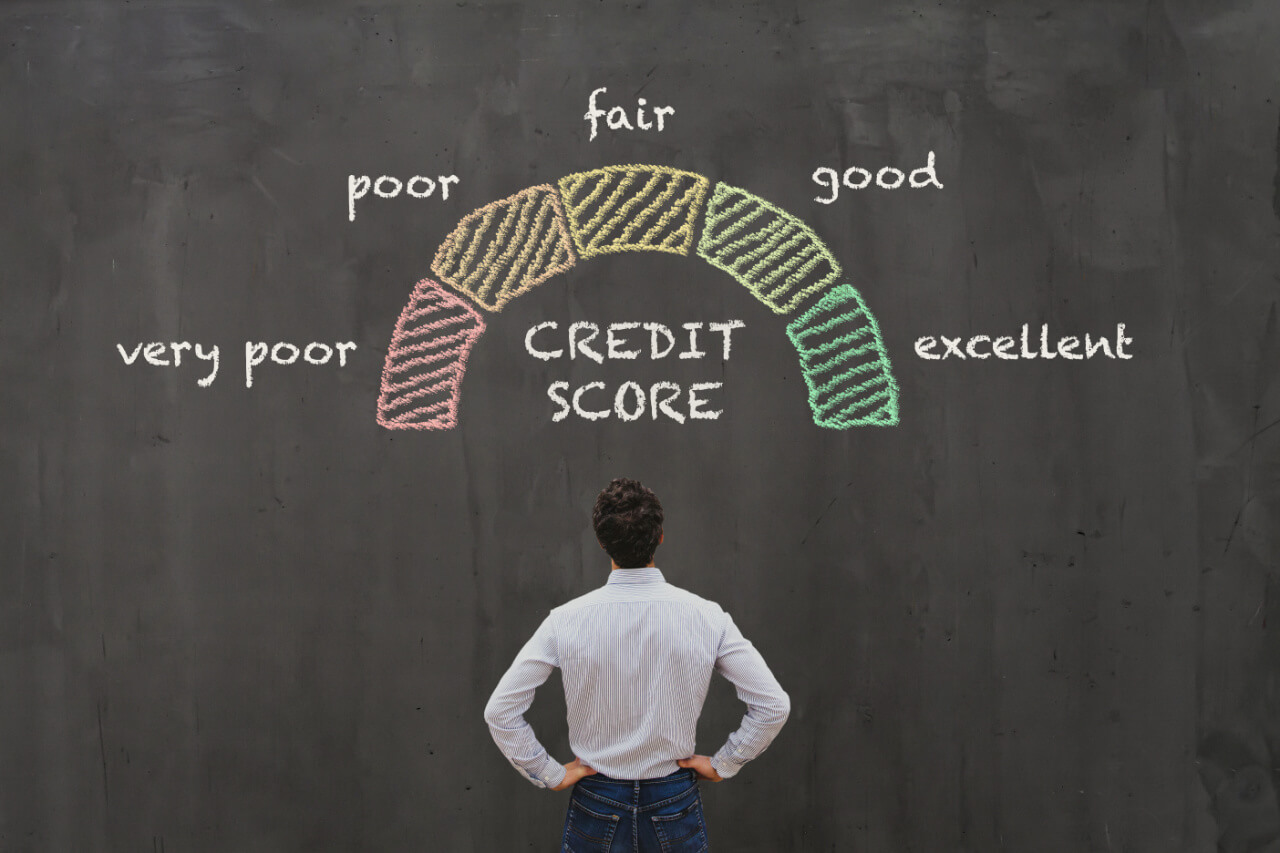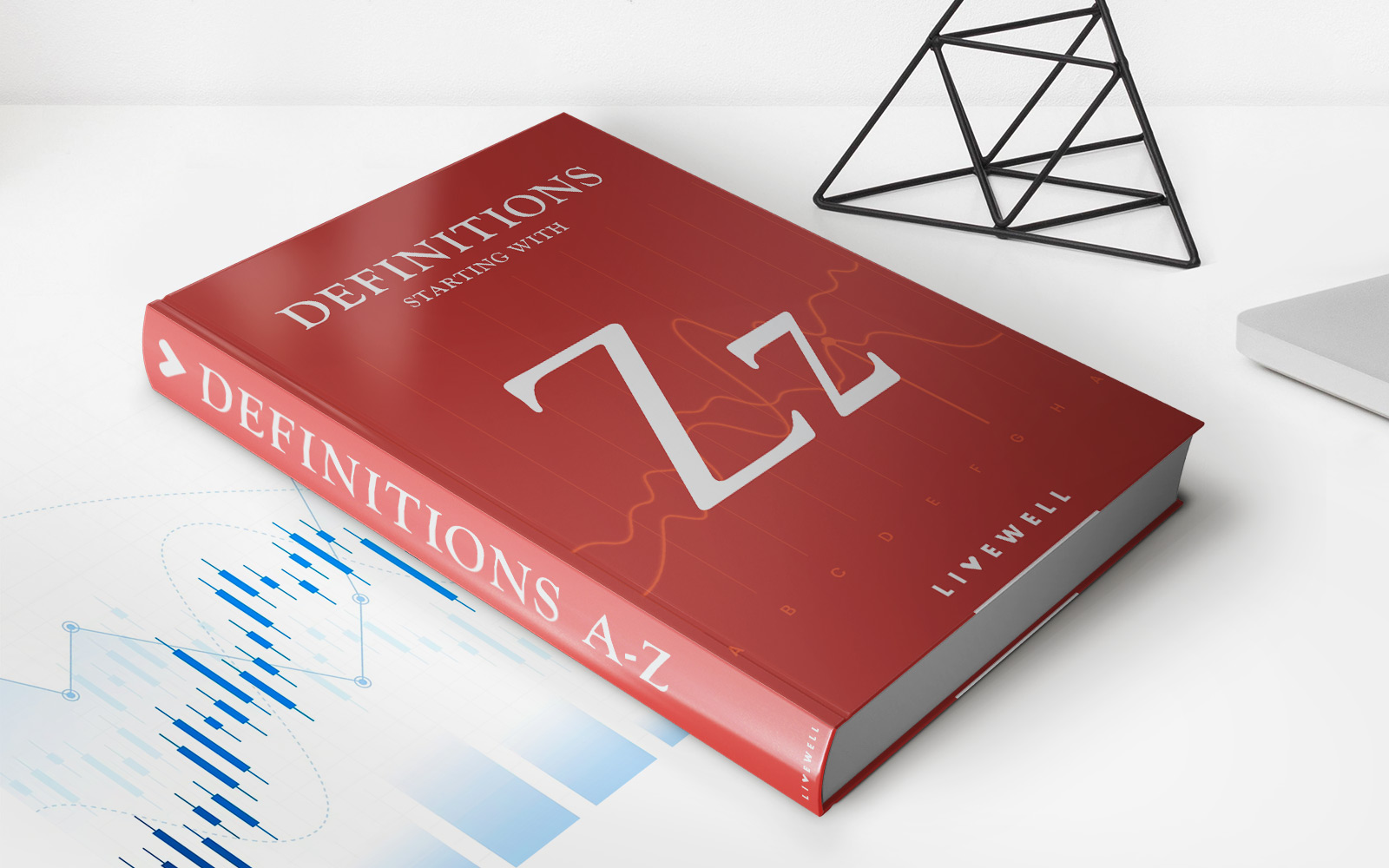

Finance
How Credit Utilization Affects Credit Score
Published: March 6, 2024
Learn how credit utilization impacts your credit score and get expert tips on managing your finances effectively. Understanding the role of credit utilization in finance.
(Many of the links in this article redirect to a specific reviewed product. Your purchase of these products through affiliate links helps to generate commission for LiveWell, at no extra cost. Learn more)
Table of Contents
Introduction
Understanding the Impact of Credit Utilization on Your Credit Score
Credit utilization is a critical factor that influences an individual's credit score. It refers to the percentage of available credit that a borrower is currently using. This aspect plays a pivotal role in determining one's creditworthiness and financial stability. Understanding the nuances of credit utilization is essential for anyone seeking to maintain or improve their credit score. This article delves into the intricacies of credit utilization and its profound impact on credit scores, providing valuable insights into managing this aspect of personal finance effectively.
Credit utilization is often overlooked or misunderstood by many individuals, yet it holds significant sway over their credit scores. It encompasses the relationship between the amount of credit being used and the total credit limit across all accounts. This ratio is a crucial indicator of an individual's ability to manage credit responsibly. Lenders and financial institutions scrutinize this metric to assess the level of risk associated with extending credit to a particular individual. As such, maintaining an optimal credit utilization ratio is paramount for a healthy credit profile.
In the following sections, we will explore the intricacies of credit utilization and delve into its impact on credit scores. Moreover, we will provide actionable tips for effectively managing credit utilization to bolster one's financial standing. By gaining a comprehensive understanding of credit utilization and its implications, individuals can proactively take charge of their credit health and work towards achieving their financial goals.
Understanding Credit Utilization
Credit utilization, often referred to as the credit utilization ratio, is a fundamental component of credit scoring models utilized by major credit bureaus. It represents the proportion of a borrower’s total available credit that is currently being utilized. This metric is calculated by dividing the total outstanding credit card balances by the total credit limit across all active accounts. For instance, if an individual has a total credit limit of $10,000 and an outstanding balance of $3,000, their credit utilization ratio would be 30%.
It is important to note that credit utilization applies not only to individual credit cards but also to the aggregate of all revolving credit accounts, including credit cards and lines of credit. Lenders consider this ratio as a significant indicator of a borrower’s financial responsibility and ability to manage credit effectively. A lower credit utilization ratio is generally perceived favorably as it suggests that the individual is not overly reliant on credit and is capable of managing their finances prudently.
From a lender’s perspective, a high credit utilization ratio may indicate financial strain or overreliance on credit, potentially signaling a higher risk of default. As a result, individuals with elevated credit utilization ratios may be viewed as riskier borrowers, which can impact their ability to secure favorable loan terms or credit extensions. Therefore, understanding and managing credit utilization is crucial for maintaining a healthy credit profile and securing access to competitive financial products.
Furthermore, it is essential to recognize that credit utilization is a dynamic metric that can fluctuate based on individual financial behaviors and credit card usage patterns. Regular monitoring of credit utilization and making strategic adjustments can contribute to a more positive credit profile. In the subsequent sections, we will explore the direct impact of credit utilization on credit scores and provide actionable strategies for effectively managing this critical aspect of personal finance.
Impact of Credit Utilization on Credit Score
The impact of credit utilization on an individual’s credit score cannot be overstated. Credit scoring models consider credit utilization as a key factor in assessing an individual’s creditworthiness. This metric holds substantial weight in the calculation of credit scores, making it imperative for individuals to manage their credit utilization effectively.
A high credit utilization ratio can have a detrimental effect on an individual’s credit score. When the proportion of available credit in use is elevated, it may signal financial distress or an increased likelihood of default. As a result, credit scoring algorithms may interpret high credit utilization as a red flag, potentially leading to a lower credit score. Conversely, maintaining a low credit utilization ratio demonstrates responsible credit management and may positively influence credit scores.
It is essential to strive for a credit utilization ratio below 30%, with an optimal target of 10% or lower. By keeping credit utilization within this range, individuals can potentially boost their credit scores and enhance their overall creditworthiness. Moreover, consistently maintaining a low credit utilization ratio demonstrates fiscal prudence and responsible financial behavior, which can resonate positively with lenders and financial institutions.
It is important to note that credit utilization is a dynamic metric that is recalculated regularly based on the latest information reported by creditors. As such, individuals have the opportunity to proactively manage their credit utilization to align with their financial goals and improve their credit standing. By understanding the impact of credit utilization on credit scores, individuals can take proactive measures to optimize this aspect of their financial profile, thereby enhancing their eligibility for favorable loan terms and credit opportunities.
Tips for Managing Credit Utilization
Effectively managing credit utilization is essential for maintaining a healthy credit profile and optimizing credit scores. By implementing strategic measures to control credit utilization, individuals can bolster their creditworthiness and enhance their financial standing. The following tips offer actionable guidance for managing credit utilization effectively:
- Regular Monitoring: Stay vigilant about monitoring credit card balances and overall credit utilization. Regularly reviewing credit card statements and online account portals can help individuals stay informed about their credit utilization status. By being aware of their credit utilization ratio, individuals can take timely action to make adjustments as needed.
- Strategic Payments: Making multiple payments throughout the month, especially before the statement closing date, can help lower reported balances and consequently reduce credit utilization. This proactive approach can positively impact credit scores by maintaining a lower credit utilization ratio on the credit report.
- Credit Limit Increase: Requesting a credit limit increase on existing credit cards can result in a lower credit utilization ratio, provided that the spending remains consistent. However, it is crucial to exercise prudence and avoid using the increased credit limit as an opportunity for excessive spending.
- Reducing Balances: Prioritize reducing outstanding credit card balances to lower credit utilization. By allocating extra funds towards paying down credit card debt, individuals can effectively manage their credit utilization and potentially improve their credit scores over time.
- Strategic Credit Card Usage: Utilize credit cards judiciously and avoid maxing out available credit. Responsible use of credit, coupled with timely payments, can contribute to a healthier credit utilization ratio and reflect positively on credit scores.
- Consider Alternative Financing: Exploring alternative financing options, such as personal loans or lines of credit, can provide additional resources without impacting credit card utilization. Diversifying credit sources can offer flexibility while managing overall credit utilization.
By incorporating these proactive strategies into their financial management approach, individuals can effectively manage credit utilization and work towards optimizing their credit scores. It is important to maintain a balanced and disciplined approach to credit utilization, as this plays a pivotal role in shaping one’s creditworthiness and financial well-being.
Conclusion
Credit utilization is a crucial element in the realm of personal finance, exerting a profound influence on individuals’ credit scores and overall creditworthiness. Understanding the nuances of credit utilization and its impact on credit scores empowers individuals to proactively manage this aspect of their financial profile, thereby enhancing their eligibility for favorable loan terms and credit opportunities.
By recognizing the significance of maintaining a low credit utilization ratio and implementing strategic measures to manage credit utilization effectively, individuals can navigate the credit landscape with greater confidence and financial acumen. Regular monitoring of credit utilization, coupled with strategic payments and prudent credit card usage, can contribute to a healthier credit profile and potentially elevate credit scores over time.
It is imperative for individuals to prioritize responsible credit management and exercise prudence in their financial decisions to optimize credit utilization. By adhering to the recommended tips for managing credit utilization, individuals can position themselves for improved financial prospects and greater access to credit options that align with their goals and aspirations.
Ultimately, a comprehensive understanding of credit utilization empowers individuals to take charge of their credit health and work towards achieving their financial objectives. By maintaining a balanced approach to credit utilization and leveraging proactive strategies, individuals can pave the way for a more secure financial future and unlock opportunities for long-term financial success.














